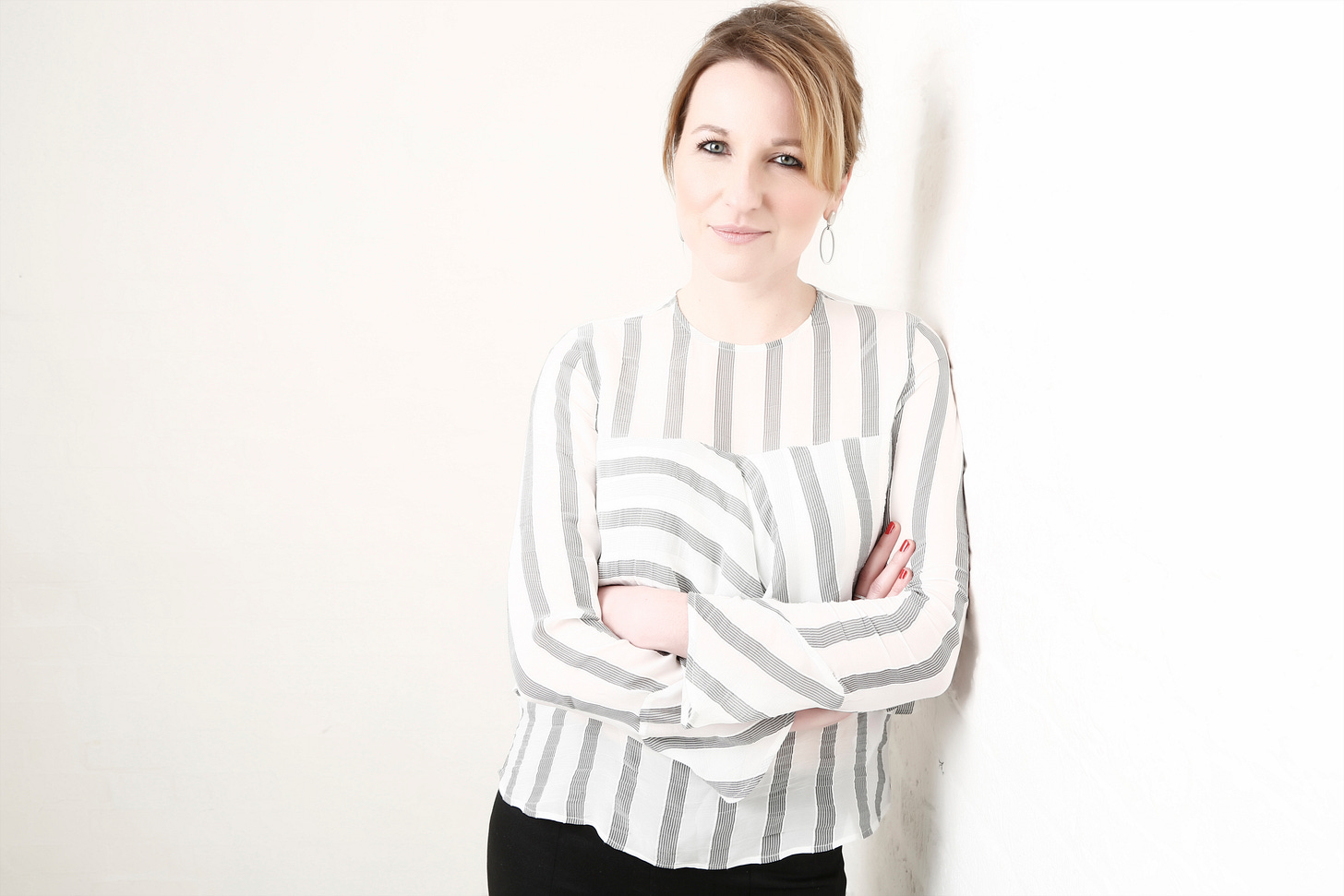Welcome to our #81 weekly newsletter.
“For women taking control of their financial future”
-Jana Hlistova
From The Purse
It’s good to be back!
In this week’s newsletter, we highlight an ESG ETF created by State Street Global Advisors called SHE which gives investors exposure to companies with female leadership. We know that gender-diversity, especially at the decision-making level, drives better returns.
And we explain how central banks impact global markets and what this means for investors as they start to exit the policies they introduced to limit the economic damage due the pandemic.
You can review the news in brief so you stay on top of global financial, economic and investing trends.
Stay safe everyone & look after yourselves.
I hope you enjoy this week’s newsletter.
Until next week,
Jana
Investing in female leadership via an ETF
Investors can get exposure to companies with gender-diverse leadership via an ESG ETF.
Although women still represent a small percentage of CEOs, change is afoot as investors and regulators focus on the growing importance of governance and gender diversity for better returns.
Women now run..
.. 23 of the top 500 companies in the world, according to a yearly list compiled by Fortune.
Pressure is mounting on businesses to gender balance their C-Suite and leadership. The data shows gender-diverse companies, at the decision-making level, are more profitable and tend to be more sustainable.
SHE: investing in female leadership
State Street Global Advisors has created an ETF (exchange traded fund) called SHE which allows investors to back companies with the highest diversity amongst leadership positions.
An ETF is a basket of companies which matches the market or index benchmark eg the S&P 500 or FTSE 100. It can track an index, sector, commodity, or other asset and can be purchased or sold on a stock exchange the same as a share.
SHE follows an index that tracks large cap U.S. companies with gender diversity within the C-Suite and executive positions.
The benchmark pulls from the top 1,000 U.S. stocks by market capitalisation.
And filters by the following gender diversity criteria:
the ratio of female executives and female board of director members to all executives and all board of director members;
the ratio of female executives versus all executives;
the ratio of female executives (excluding those on the board of directors) compared to the number of executives in total (again, excluding board members).
The top three sectors in SHE include:
information technology (32.04% of its portfolio);
healthcare (12.68%);
and consumer discretionary (12.66%).
Currently, the fund’s top three holdings include Walt Disney Company at a 4.97% weight, Visa at a 4.88% weight, and PayPal Holdings Inc at 4.70% weight.
**
Listen to the interview with Rebecca Chesworth on The Purse Podcast.
Rebecca is the Head of Equities, ESG & Sectors for State Street Global Advisors. We talk about ESG ETFs, responsible investing and how the industry is changing as more women invest their money.
News in Brief
Financial news
South Korea became the first major Asian economy to raise interest rates on Thursday. The increase was to 0.75%.
The US Federal Reserve Chair, Jerome Powell has said the central bank could start reducing its monthly bond purchases this year (in 2021). And an increase in interest rates will not immediately follow.
The Nasdaq hit a new all-time high over 15,000 points. Chinese technology firms Pinduoduo (+16%) and JD.com (+11%) are leading the Nasdaq risers.
The S&P 500 hits an all-time high (again), as it closes 4,500+.
FTSE 250 hit a new all-time high, with the travel stocks giving it boost (it has lifted 16% this year to date).
UK business leaders call for relaxtion of post-Brexit visa rules. The government is under pressure to unblock Britain’s worst supply-chain crisis since the 1970s,
Crypto: bitcoin, ethereum & DeFi
Ethereum, Binance Smart Chain and Solana send DeFi value to record values. The ‘total value locked’ (TVL) in DeFi protocols across all blockchains hit $157 billion, according to data from DeFi Llama.
Solana (ethereum competitor) records a second all-time high this week (Friday, 27th August) trading at $83.21. However, the price has since risen again and currently trading at $95.10.
Paypal launches crypto buying and selling in the UK. This marks their first international roll-out outside of the US.
Early Uber investor Bill Gurley takes personal position in Ethereum. Gurley thinks that Ethereum’s transition to POS (proof-of-stake) can give it advantage over Bitcoin.
Explainer: central banks and their impact on global markets
How will central banks’ exit strategy from Covid-19 policies impact investors?
Central banks have never had more impact on global markets and global investors than they do today.
To limit the damage to the global and UK economy because of Covid-19, central banks have been printing money which pumps liquidity into the markets.
In other words, central banks buy government and corporate bonds (from other financial companies and pension funds).
This helps to prop up markets…
… such as the S&P 500 and FTSE 250 and, in part, explains why we continue to see new all-time highs.
Central banks have also reduced interest rates to zero (or close to zero) in order to stimulate borrowing and consumer spending.
On Friday, the biggest names in US banking community gathered in Jackson Hole at their annual conference.
The US Federal Reserve confirmed …
…that they would start tapering back their asset purchases by the end of 2021 (from $120bn a month), but an increase in the main interest rate would not immediately follow.
This is in line with what the Bank of England (BoE) had communicated as its exit strategy: the priority is on reducing its balance sheet versus raising its main interest rate. (This is the opposite to the BoE’s strategy after the financial crisis).
This approach may be mirrored by other central banks.
What could this mean for global markets and investors?
Longer maturity bonds will sell off
It may reduce demand for riskier corporate credit (investors no longer need to search hard for yield).
Longer-term interest rates drive the equity market (inverse relationship). For example, when the 10-year Treasury yield rose to 1.74% by 31 March, this led to cheaper equity markets.
Meanwhile, keeping interest rates low …
…continues to stimulate the economy as the cost of borrowing (or servicing of that debt) is not rising.
This in turn helps to drive down unemployment, as economies around the world recover from the impact of the pandemic.
**
Listen: to the podcast interview with Shaun Richards about the impact of the pandemic on the global and UK economy.
Coffee Break? Read This
More than 90% of female doctors have faced sexism at work, finds BMA.
‘Use your £11bn climate fund to pay for family planning,’ UK told
Feeling stuck? Guilty? Overwhelmed? Try clearing these feelings out of your home.
We’d love to hear from you. Get in touch with Jana via the The Purse website or tweet @jointhepurse and @janicka.
The Purse Ltd. Copyright 2021 & All Rights Reserved.
The Purse provides content for informational purposes only, we do not recommend products or services or provide investment advice. Please do your own research or speak to a financial advisor.

















Share this post